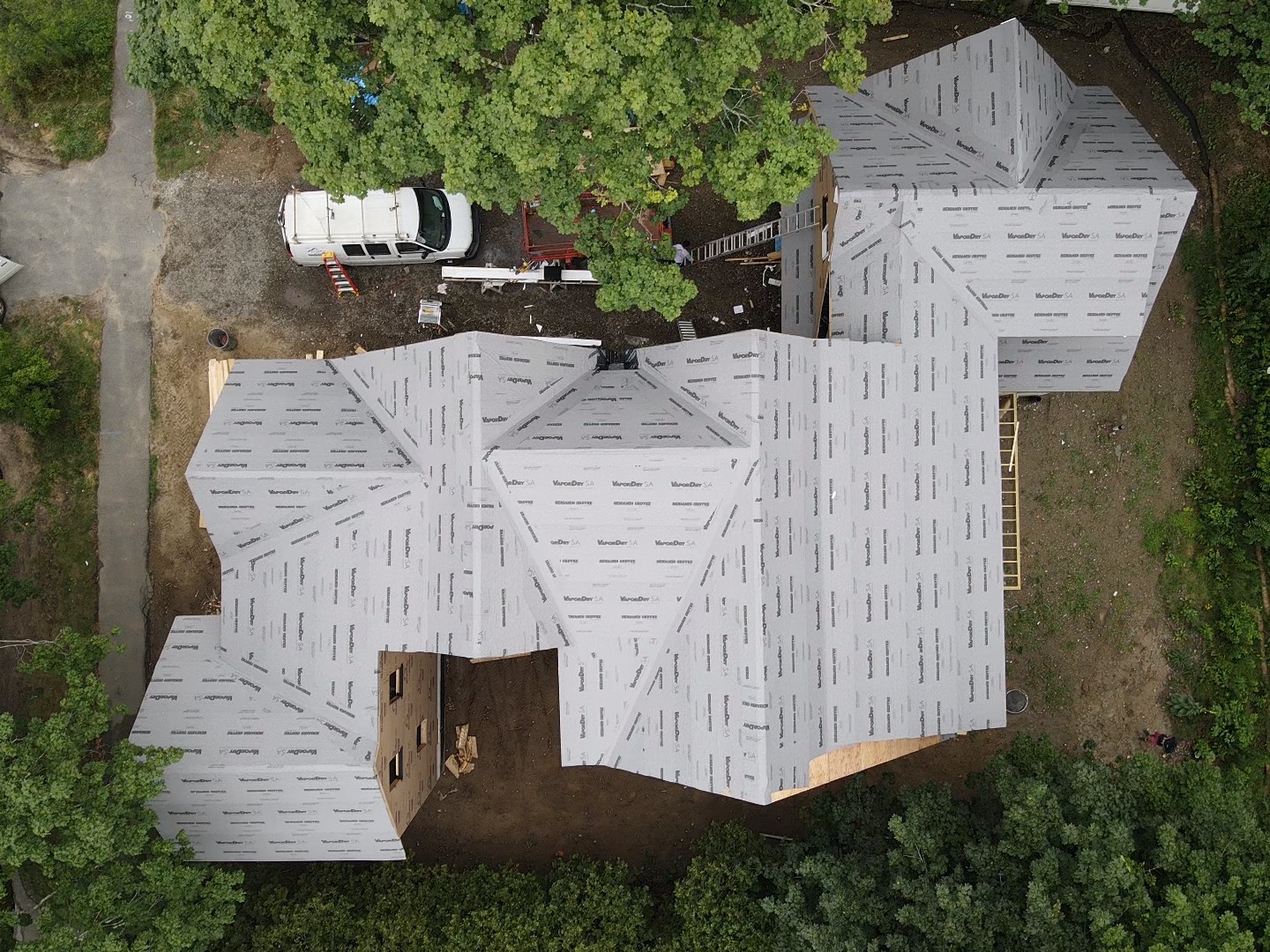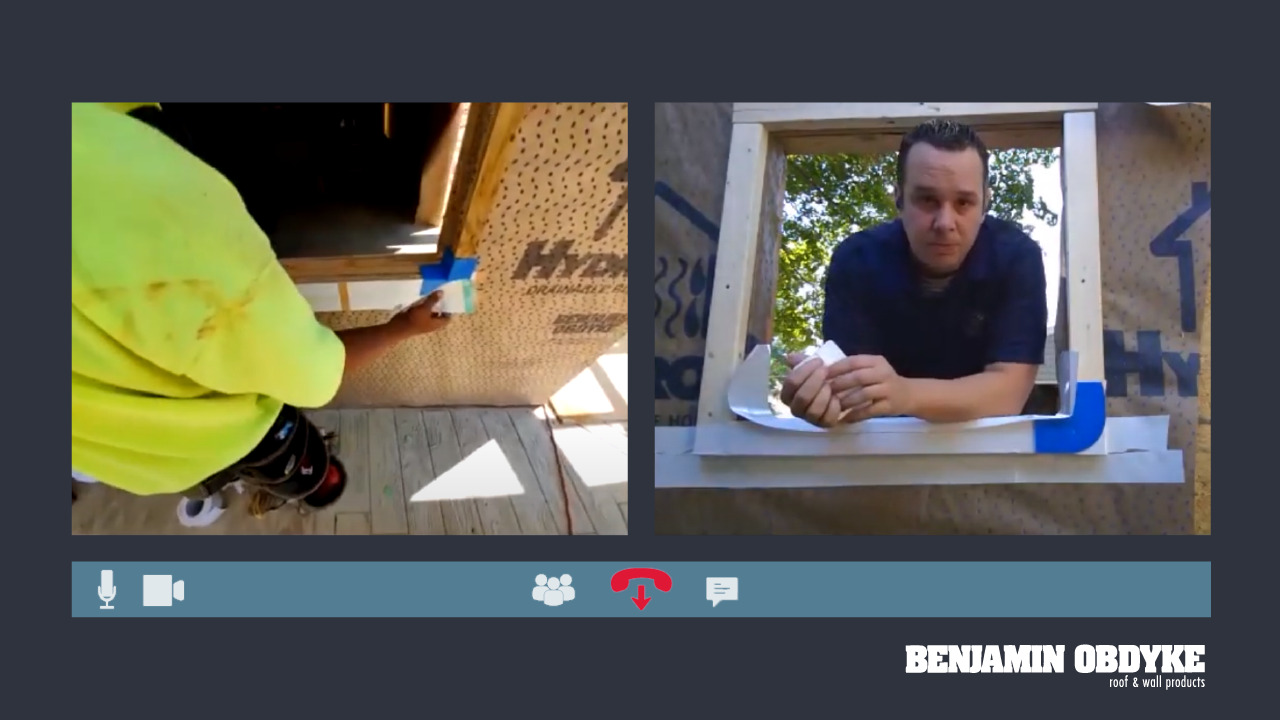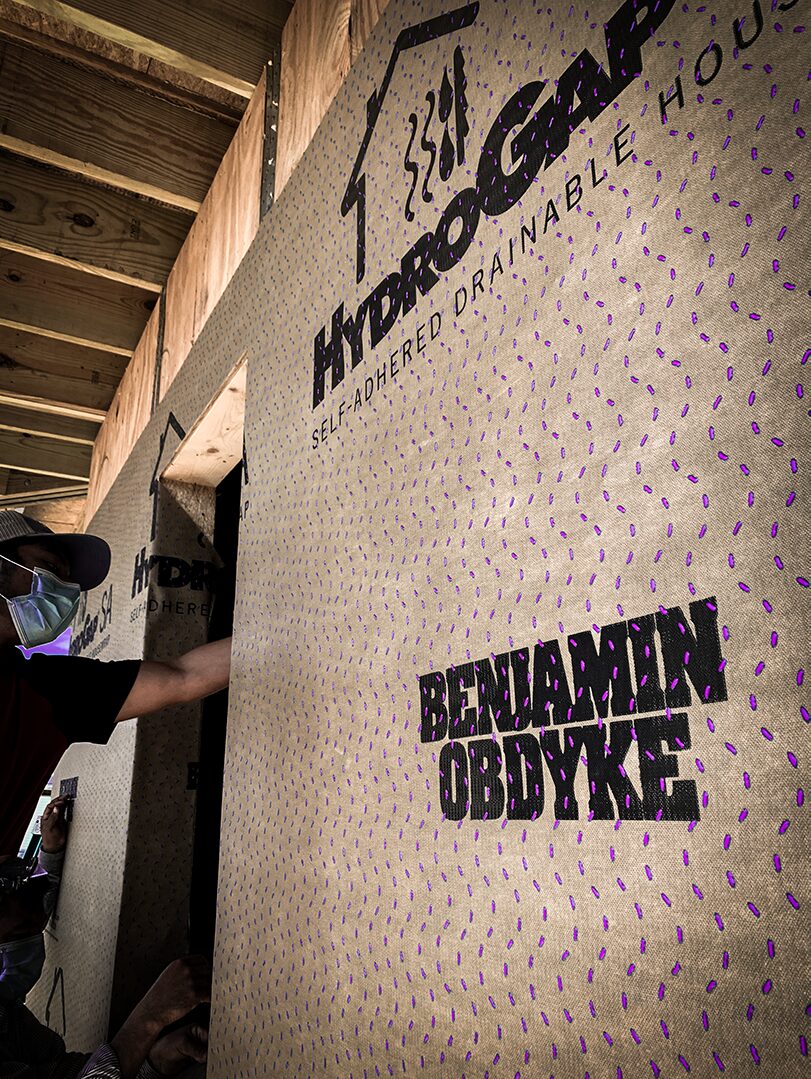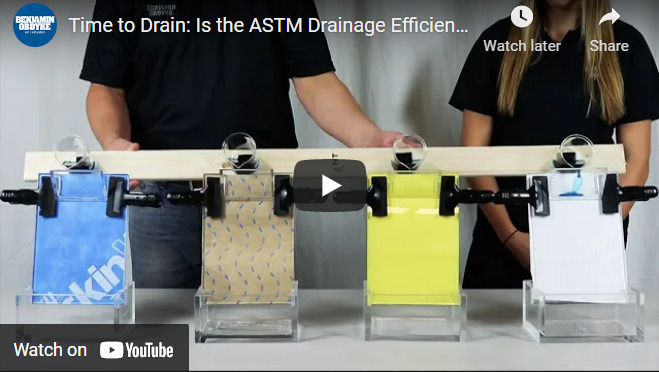No matter how robust or effective a building product is, its longevity and performance rely on proper installation. Roofing systems are no exception. Some common roofing underlayment mistakes can impact long-term performance of the roof and the system as a whole.
Common Roofing Underlayment Mistakes to Avoid
First and foremost, always follow manufacturer-provided installation instructions. This not only helps the underlayment perform as designed, but it could be critical to preserving warranties.
Along with that, here are a few common roofing underlayment mistakes to avoid during installation.
1. Neglecting to hold pre-construction meetings
The roof functions as a system and also integrates with the wall. Therefore, all parties involved in roof and wall construction, from framers to shingle installers, should meet to discuss proper sequencing, key details and problem areas, and individual responsibilities to ensure each step is carried out the way the systems were designed.
2. Misunderstanding the underlayment’s purpose
There is a general misconception that the roof underlayment’s sole purpose is to create separation between the roof sheathing and the asphalt shingles to prevent the wood from absorbing the asphalt and drying out the shingles. Today’s high-performance roof underlayments, such as VaporDry SA, serve a larger role, providing an air and water barrier beyond what the roofing material can do alone. Therefore, the underlayment needs to be treated as part of the overall envelope system, integrated and sequenced properly to protect against water infiltration and ice damming.
3. Improper sequencing
Proper sequencing with a shingle overlap at all intersections is one of the most critical steps to prevent moisture from entering the roofing envelope. Using a shingle overlap that allows moisture to drain down and away—rather than behind—is essential. Common points of failure here include step flashing, drip edges, and penetrations.
4. Improper roof-to-wall intersections
Step flashing where the roof meets a vertical wall, such as a second story or a dormer, is one of the most common sequencing errors in the roof system, particularly because typically there are two different subcontractors involved. Often, the housewrap is installed first, then the roofer adds step flashing and underlayment over top—which will allow moisture into the envelope.
The pre-construction meeting is a time to discuss proper sequencing of these areas. In this example, the discussion will alert the housewrap installer to leave the release liner intact on a self-adhered membrane, or not staple the lower portion of the housewrap, so that the roofer can apply the underlayment underneath and then shingle-lap the housewrap on top.
(See our roof-to-wall install video)
5. Improper sequencing at the drip edge
At the drip edge, ensure the upper course overlaps the layer below, just like on the wall. A common mistake is to use the first layer of ice and water shield from the eave to the fascia but then place the drip edge over top—which can trap water behind.
6. Failing to flash penetrations
All roof penetrations must be properly flashed, using proper sequencing and overlaps, and not solely rely on a pipe collar or boot to protect the penetration. This is one of the most common points of failure, where non-existent or improper flashing allows water to penetrate the system.
7. Using self-adhered ice and water shield over the entire roof
Self-adhered ice and water shields are only designed for eaves and valleys. Because they are vapor-closed, if they are used over the entire roof deck, they will trap moisture and lead to failure. A product like VaporDry SA solves this issue because it is vapor-permeable, which allows moisture from the attic to migrate, increasing drying potential and reducing the likelihood of long-term issues, and, like the ice and water shields, it passes ASTM D1970 testing for nail sealability.
8. Failing to understand the home’s ventilation strategy
Historically, homes were built with ventilated attics, which created air flow to allow moisture-laden humid air to escape. More recently, in the push for greater energy efficiency, conditioned (i.e., unventilated) attics are becoming more common, which means moist air is rising and accumulating in the roofing system, leading to long-term damage and rot. The roofing industry needs to adjust long-standing practices to accommodate these types of changes. For unventilated attics, for example, roofs need vapor permeance much like walls, so a vapor-permeable roofing membrane such as VaporDry SA becomes essential.
9. Not using enough pressure
Self-adhered underlayments with acrylic adhesives like VaporDry SA are engineered to stay in place for years—but they do require proper pressure to fully activate. This is one of the most common mistakes but also one of the easiest to avoid. Follow manufacturer instructions to ensure adequate pressure is applied to the underlayment during installation.
Avoid Roofing Underlayment Mistakes to Promote Higher Performance
Like every area of the building envelope, proper underlayment application requires simple attention to the basics: using a systems approach that considers the role of all parts and pieces, planning collaboratively, and using proper sequencing. Follow manufacturer installation instructions and best practices to make sure your underlayment performs as designed.
Want to learn more about proper installation? Schedule a virtual training session with Benjamin Obdyke experts.




